Higgs physics at the CLIC electron-positron linear collider
- PMID: 28943795
- PMCID: PMC5587080
- DOI: 10.1140/epjc/s10052-017-4968-5
Higgs physics at the CLIC electron-positron linear collider
Abstract
The Compact Linear Collider (CLIC) is an option for a future [Formula: see text] collider operating at centre-of-mass energies up to [Formula: see text], providing sensitivity to a wide range of new physics phenomena and precision physics measurements at the energy frontier. This paper is the first comprehensive presentation of the Higgs physics reach of CLIC operating at three energy stages: [Formula: see text], 1.4 and [Formula: see text]. The initial stage of operation allows the study of Higgs boson production in Higgsstrahlung ([Formula: see text]) and [Formula: see text]-fusion ([Formula: see text]), resulting in precise measurements of the production cross sections, the Higgs total decay width [Formula: see text], and model-independent determinations of the Higgs couplings. Operation at [Formula: see text] provides high-statistics samples of Higgs bosons produced through [Formula: see text]-fusion, enabling tight constraints on the Higgs boson couplings. Studies of the rarer processes [Formula: see text] and [Formula: see text] allow measurements of the top Yukawa coupling and the Higgs boson self-coupling. This paper presents detailed studies of the precision achievable with Higgs measurements at CLIC and describes the interpretation of these measurements in a global fit.
Figures


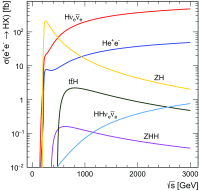


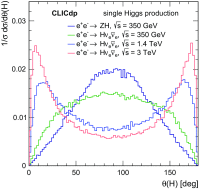



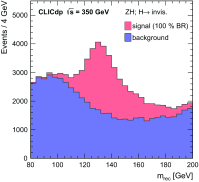






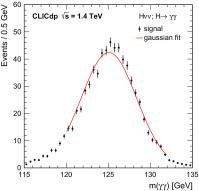

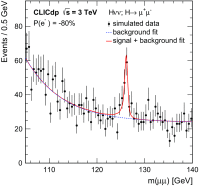
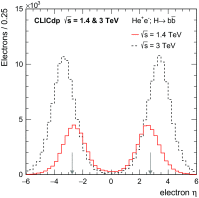
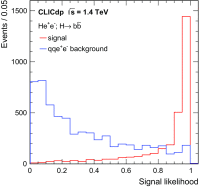

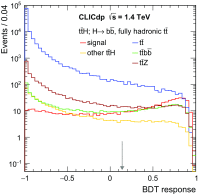

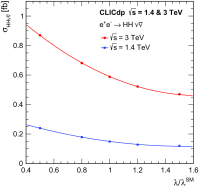
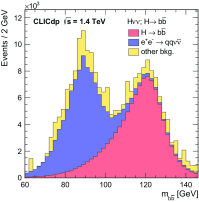
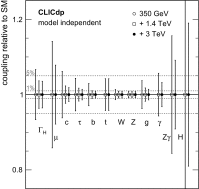
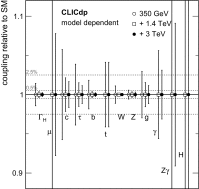

References
-
- Aad G, et al. Phys. Lett. B. 2012;716:1. doi: 10.1016/j.physletb.2012.08.020. - DOI
-
- Chatrchyan S, et al. Phys. Lett. B. 2012;716:30. doi: 10.1016/j.physletb.2012.08.021. - DOI
-
- Englert F, Brout R. Phys. Rev. Lett. 1964;13:321. doi: 10.1103/PhysRevLett.13.321. - DOI
-
- Higgs P. Phys. Lett. 1964;12:132. doi: 10.1016/0031-9163(64)91136-9. - DOI
-
- Higgs P. Phys. Rev. Lett. 1964;13:508. doi: 10.1103/PhysRevLett.13.508. - DOI
LinkOut - more resources
Full Text Sources
Other Literature Sources
